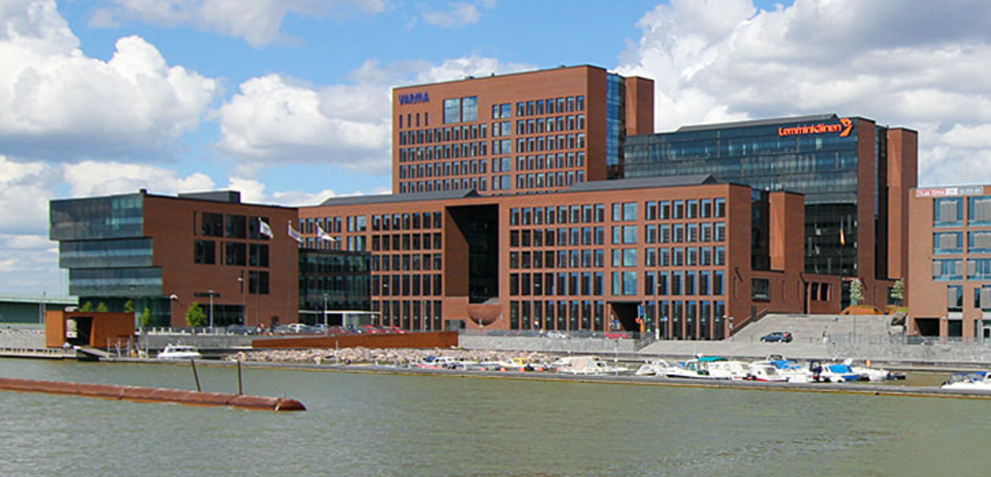
Building users are demanding better and more individualized indoor air conditions, and they want to see the data to prove it. It has been a long-accepted norm that an office worker starts at 9am feeling good about the day ahead and finishes after 5pm feeling unhealthy and tired. Accepting that our buildings make us feel worse is no longer an option when there is global competition for talent.
Unleashing your building automation system and putting the data into the hands of your building’s users is one part of the solution to poor indoor air quality.
“What’s the big deal about my building automation system” you might ask?
Your building automation system typically contains all the data relating to the control and measurement of your property’s HVAC and energy use processes. It is holding all the data needed to better inform building users about indoor air quality, energy use and more. Better understanding, deeper analytics, transforming this data into insights, and then actions can truly help you increase your productivity.
Building automation systems have traditionally been closed systems and they have been somewhat difficult to connect. It was a challenge for third parties to develop value-adding services for building users. You do not only need the expertise to connect to these BMS systems, but more importantly you need to understand how this data can be used to create new value for building users. Today, getting the data from BMS systems has become possible and creating value adding solutions on top of this data a reality.
With the right software and analytics capability, data can now be unlocked and transferred for use by other software programs, which can create opportunities for better health outcomes in buildings and so much more.
We can now harness all the room temperature data, heat recovery efficiencies and alarms in a building for use by energy specialists, as well as spatial condition data that can be sent to mobile terminal devices for use by tenants and residents. More importantly, we can now connect people flow data into HVAC process data. Why cool or heat a conference room if there is no one there? Why don’t we just keep the indoor conditions on a level required to make sure there is no harm to the structure of the building and only make the indoor conditions great when we are using this space? It is not only great for building users, but more efficient and sustainable too.
Collecting and using the data generated from your buildings systems can also be profitable. The Swedish residential company ÖBO, with a portfolio of 23,000 homes and 1,000 commercial premises has connected all of their buildings and apartments to an energy management platform which has already provided 40% electricity savings and 12% heat savings. Annual cost savings for 2017 were estimated at SEK 40 million and thanks to the reduced operating costs, ÖBO’s real estate value has increased by SEK 700 million.
For a long time now smart building construction company OVG (think The Edge in Amsterdam) has been the frontrunner in developing smart buildings and has also shown that highly connected, smart buildings and sustainability creates very attractive and profitable buildings. They have now launched a new technology company, EDGE Technologies, to take smart connected buildings even further.
Real ‘Big Data’ from properties comes from automation systems, several other key systems like parking management, security systems, elevators, and various actors are introducing new and useful services and apps to the market. At Nuuka, we are actively involved in this change and implementing system integrations and software applications that generate new value for owners and tenants.
Your building has the data that can transform the health of your building and make it more sustainable. Building managers and tenants want this data in their pockets so they can understand the problem and contribute to the solutions. Quality indoor air conditions and information about energy use are fast becoming everyday expectations from building users.
Now is the time to unleash the power of your building automation system.
This article is written by Mikko Valtonen, CEO, Nuuka Solutions.